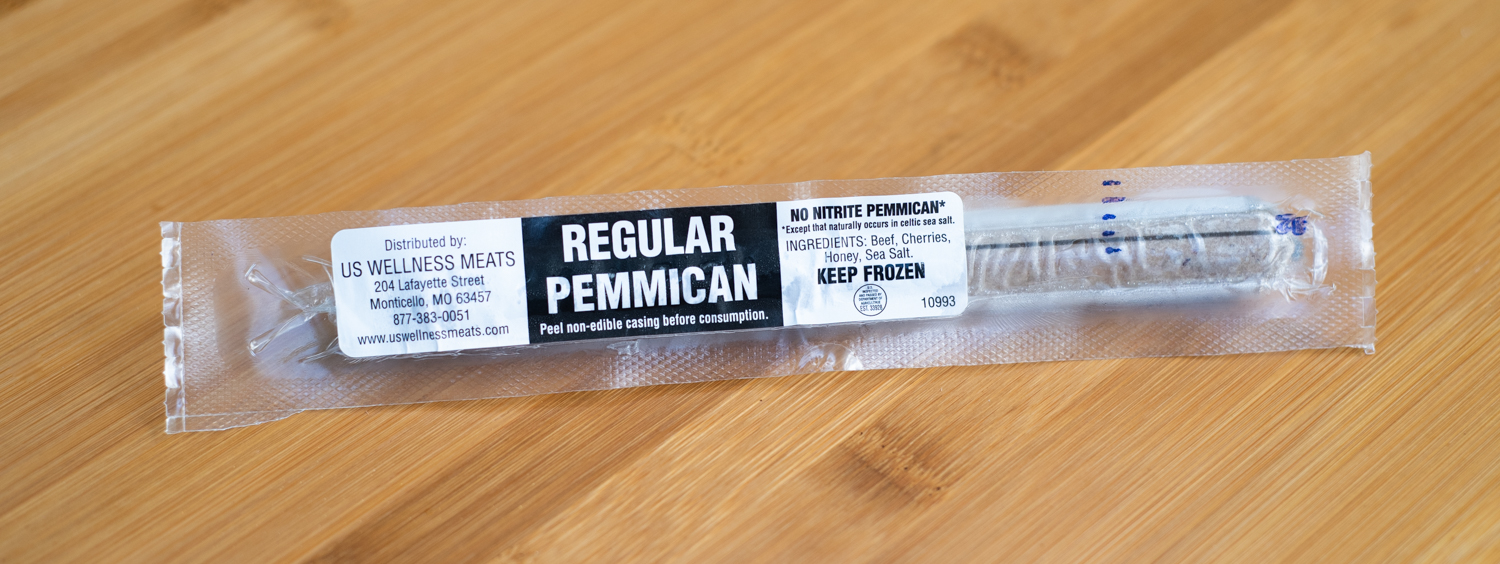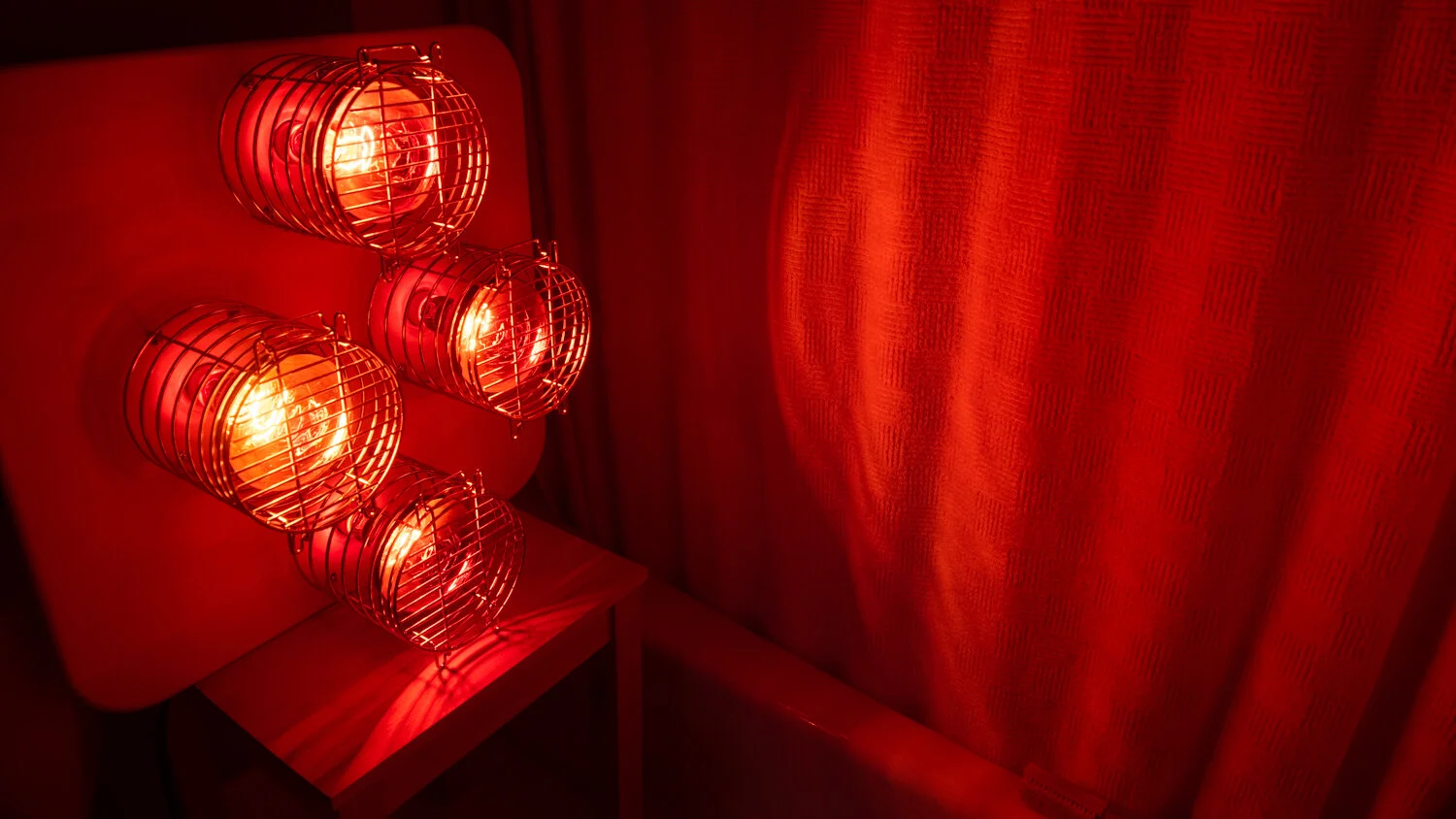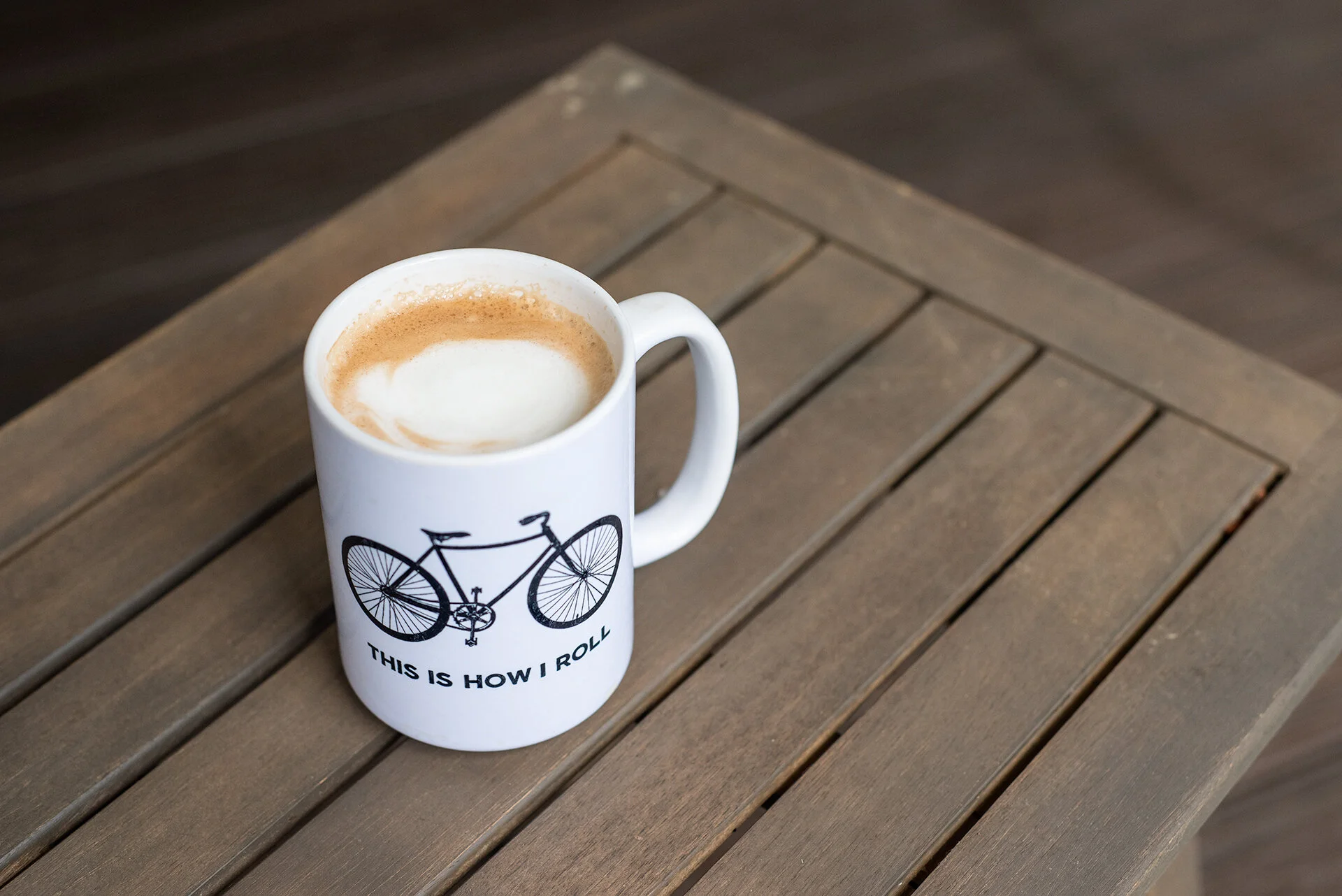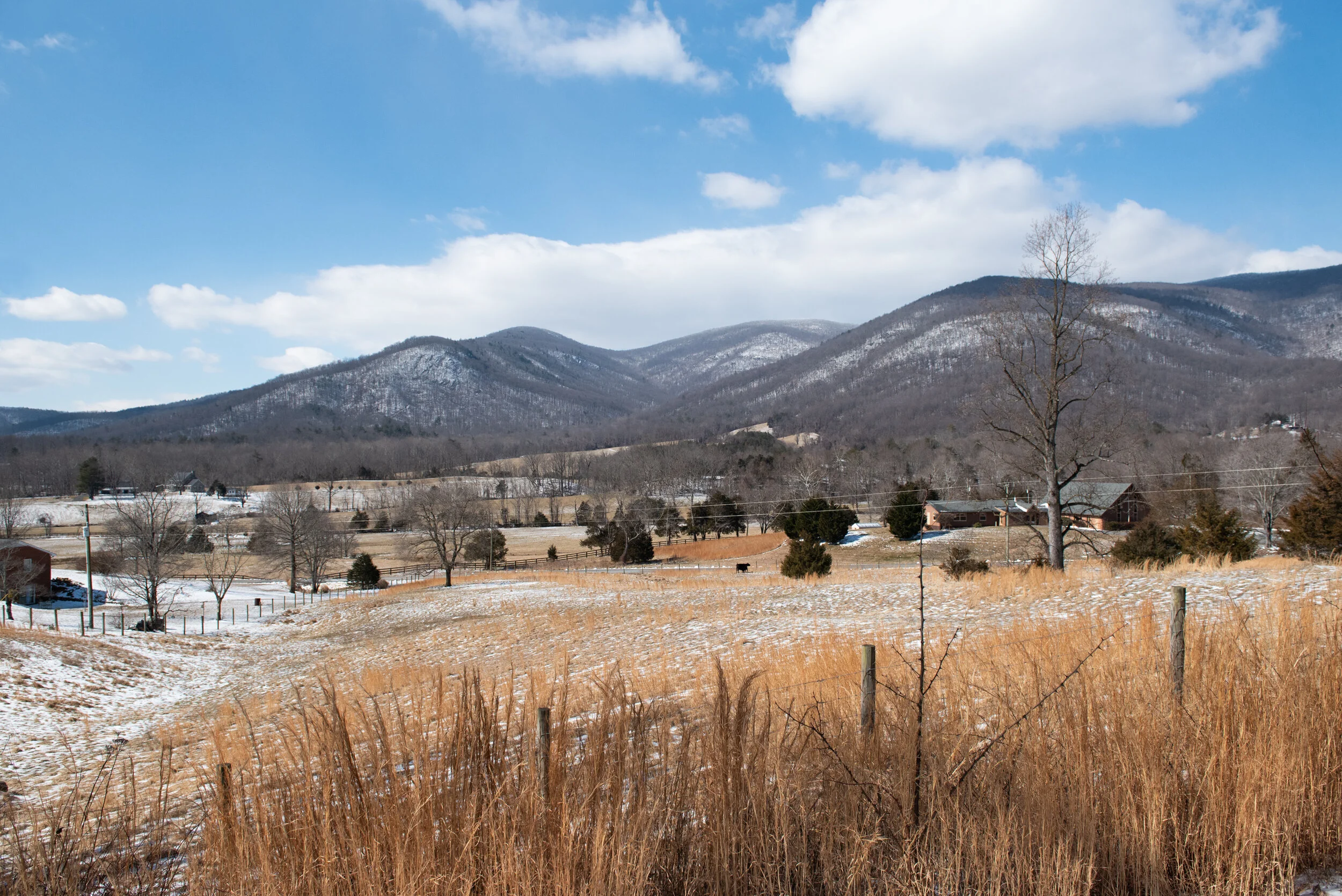My Workout Fuel
Disclaimer: This post contains affiliate links, through which we earn a commission.
Wiehan used to get migraines on a regular basis. He usually felt the worst on the day after a race or a hard effort out on the bike. Assuming for years that dehydration was the cause of the pain, he chugged South Africa's popular sports drink, which is chockfull of sugar, along with artificial flavors and colors. It finally occurred to him that maybe it was the drink, and not the effort, that was bringing on the pain. He switched over to a product called Endura by Metagenics, essentially a powder mix full of supplements and natural color and flavor. The headaches decreased significantly. Unfortunately this product has been discontinued for about a year, so we've been forced to look for alternatives. Wiehan now regularly uses a similar product, called Ultima, and takes a bottle of it along on every workout. I generally eat a snack before a workout and then for activities that last a half-hour or less, I usually stick to water. But it is incredibly important to avoid drinking plain water during a heavy physical activity and / or while outdoors on a very hot day, as this can strip the body of sodium and lead to the very dangerous and life threatening condition known as hyponatremia.
I'm very sensitive to sugars, even from natural sources. Ultima is too sweet for me. And Wiehan and I much prefer the idea of taking in whole foods over supplements whenever possible. So I went looking for alternatives. First I tried kombucha, a fermented tea beverage, as a workout recovery drink. While I find kombucha incredibly refreshing after a hard workout, or for a general thirst-quencher or party drink, the sugar contents are really high. While it's nice to have a small glass every once in a while, it also contains a small amount of alcohol and it generally wouldn't work well for me to drink during a workout. But now that I think about it, I wonder if kombucha would have some of the similar benefits of drinking tesgüino, the ancestral corn beer beverage discussed by Christopher McDougall in his book Born to Run. I haven't tried tesgüino, but it certainly sounds like an interesting way to hydrate during a workout! McDougall also writes about iskiate, a beverage consisting of water and chia seeds, which are packed with protein and other health benefits, along with a small amount of lime and a natural sweetener, like honey. I've also heard Ben Greenfield, of Ben Greenfield Fitness, mention the use of chia seeds in a sports beverage, in the Wise Traditions podcast episode titled Fuel for the Athlete. He mixed the chia seeds with powdered coconut water, royal jelly extract and stevia. That might be another recipe to try out, keeping in mind for anyone like me who is on the AIP diet, that chia seeds can potentially be an aggravator.
Additionally, another homemade workout beverage that I've tried is switchel, a beverage that dates back to 1700s colonial America, the base of which consists of a sweetener like honey or maple syrup, along with apple cider vinegar and ginger. Switchel, popular with farmers who worked all day in the hot summer heat, is known as the haymaker's punch and is designed to boost electrolytes. There’s a small switchel company local to our area called Vitick’s Switchel and their products are delicious! They have a variety of flavors that can be enjoyed either ice cold on a summer day, or piping hot in the wintertime. Like kombucha, I find this to be more of a fun drink, rather than one for a workout.
Ultimately, at least for now, in my search for a hydration beverage, I landed on a homemade tulsi tea recipe that I'd first read about on a blog called Empowered Sustenance. You can read the original recipe here, along with nutrition-based information regarding the health benefits of each ingredient.
Tulsi, also referred to as Holy Basil, is known to have many positive effects on the body, including stress management and immune system support. However, I learned in my research for this blog post that tulsi can potentially be problematic if pregnant, trying to conceive, or while breast-feeding. So, as always, be sure to check with your doctor before use. Peppermint tea works as a great replacement for tulsi. For electrolytes, I add honey, Trace Minerals Electrolyte Concentrate and a dash of Himalayan Salt. Raw, local honey can offer all kinds of help benefits. It's believed that consuming honey produced by nearby bees will help boost the immune system, protecting against seasonal allergies. If you're curious to learn more about the health benefits of honey, here's a great source. I've provided a recipe below to make the tea. It takes about ten minutes and then you can either add ice to enjoy immediately, or allow to chill in the refrigerator for several hours. I love it and Wiehan also takes it with him on the bike from time to time.
I also want to share my food intake during longer training sessions. If you've ever been to a bike store or other sporting goods store, you've surely seen the shelves full of energy gels. Truth be told, I've never had one. They usually contain caffeine, and in addition to sugar, I'm very sensitive to caffeine and I know they'd cause a blood sugar crash. Instead, I crave protein, healthy fats and a small amount of sweetness. And so, I turn to pemmican! Pemmican is an ancestral Native American food that consists of fat, such as tallow from buffalo, and protein, such as dried buffalo meat. Dried cherries are often added to the mixture. Pemmican has the ability to last in proper storage for years, perfect for a nomadic life. Or, in our modern-day context, it's perfect for time away from the house, and particularly for long workouts. I purchase pemmican from US Wellness Meats. It comes in a plastic casing which is perfect for sticking in the back pocket of your cycling jersey, though I do realize that it's not a great material from an environmental standpoint. The alternative may be to make your own pemmican and place in a more environmentally friendly container. But I have not explored those avenues yet. You can read more about pemmican on the US Wellness Meats blog. Here they explain that their product does not contain the same shelf-life longevity as that made by Native Americans, due to the inability to remove all moisture with their modern equipment. I keep my pemmican in the freezer and then I grab one when I’m heading out the door for a longer ride. It thaws as I ride.
Pemmican does take some getting used to. The one I buy is made of beef tallow, dried beef jerky, dried cherries, honey and sea salt. It has a very soft texture that doesn't require any chewing. I find it incredibly satisfying and effective for boosting my resources. Wiehan has been less welcoming of the snack. Instead, he takes Clif bars along with him. In addition to pemmican, I also really enjoy a few slices of grapefruit during an intense workout, as it’s incredibly refreshing and has a low glycemic index. While tulsi tea, pemmican and grapefruit work well as fuel for me, and Wiehan opts for Clif bars and Ultima, it's important for each of us to be sure to listen to the needs of our own bodies and check with our doctors for what suits our individual needs. And we all should always be prepared with enough food and plenty of electrolyte-filled fluids during prolonged physical activity or exposure to poor air quality and / or high heat.
Tulsi Tea Hydration Beverage
Preparation Time: 5-10 minutes
Cooking Time: 5 minutes
Servings: 3
Adapted from Empowered Sustenance
Equipment:
1 Quart-size stainless steel saucepan with lid
1 Glass beverage container with lid (optional)
1 Glass Measuring Cup
1 teaspoon
Stovetop
Ingredients:
2 tulsi tea bags
3 cups of hot water
1 tsp local honey
1 tsp Trace Minerals Electrolyte Concentrate
1 dash Himalayan Salt
Instructions:
Bring 3 cups of water to a boil in a medium saucepan. Add two tulsi tea bags to the water and cover with a lid to allow tea bags to steep for 5-10 minutes. Remove tea bags. If the bags are made of biodegradable material, they can be added to a compost bin. Allow the tea to sit, with the lid cracked so that it can cool off. When the tea has reached room temperature, add the honey, Trace Minerals Electrolyte Concentrate, and Himalayan Salt. Stir well. The tea can be stored in the pot in the refrigerator, or it can be transferred to a glass beverage container with a lid. When the tea has fully chilled, serve with a glass of ice, and maybe a sprig or two of mint as well! Be sure to check out my video on the topic here! And be sure to check out my recipe for a workout recovery shake!
- Christin
Tell us! What's your favorite healthy fuel for when you’re on the go?









